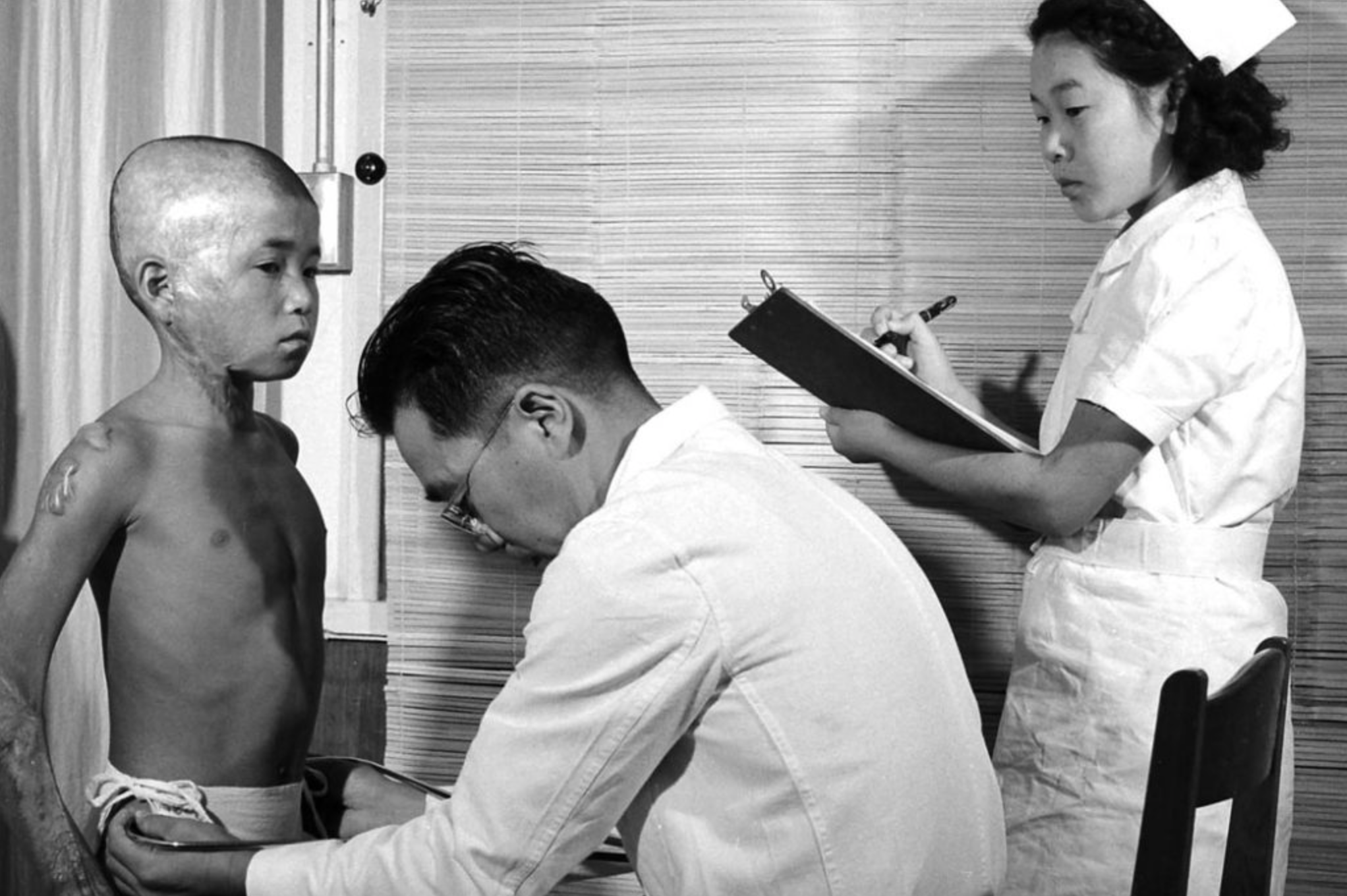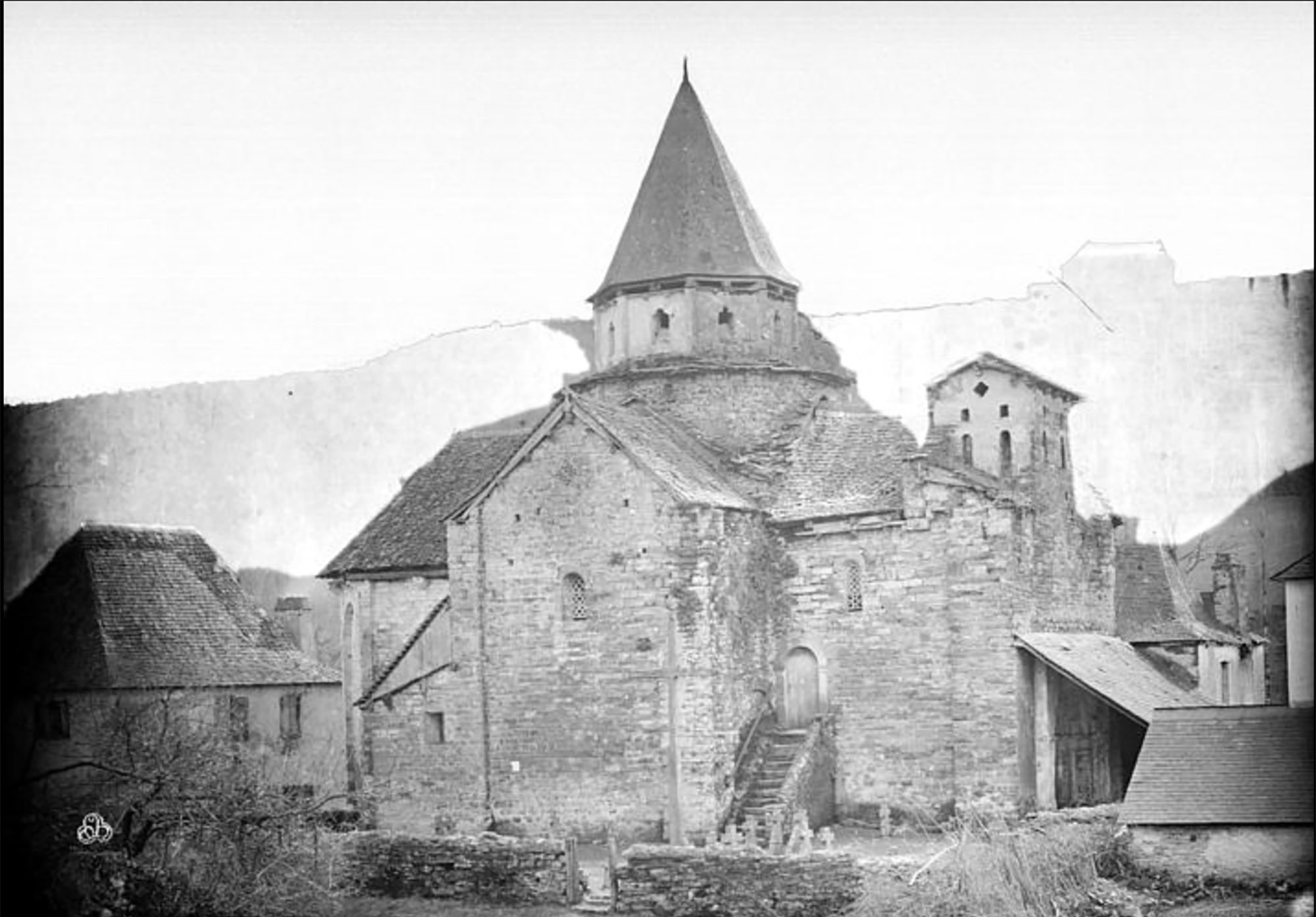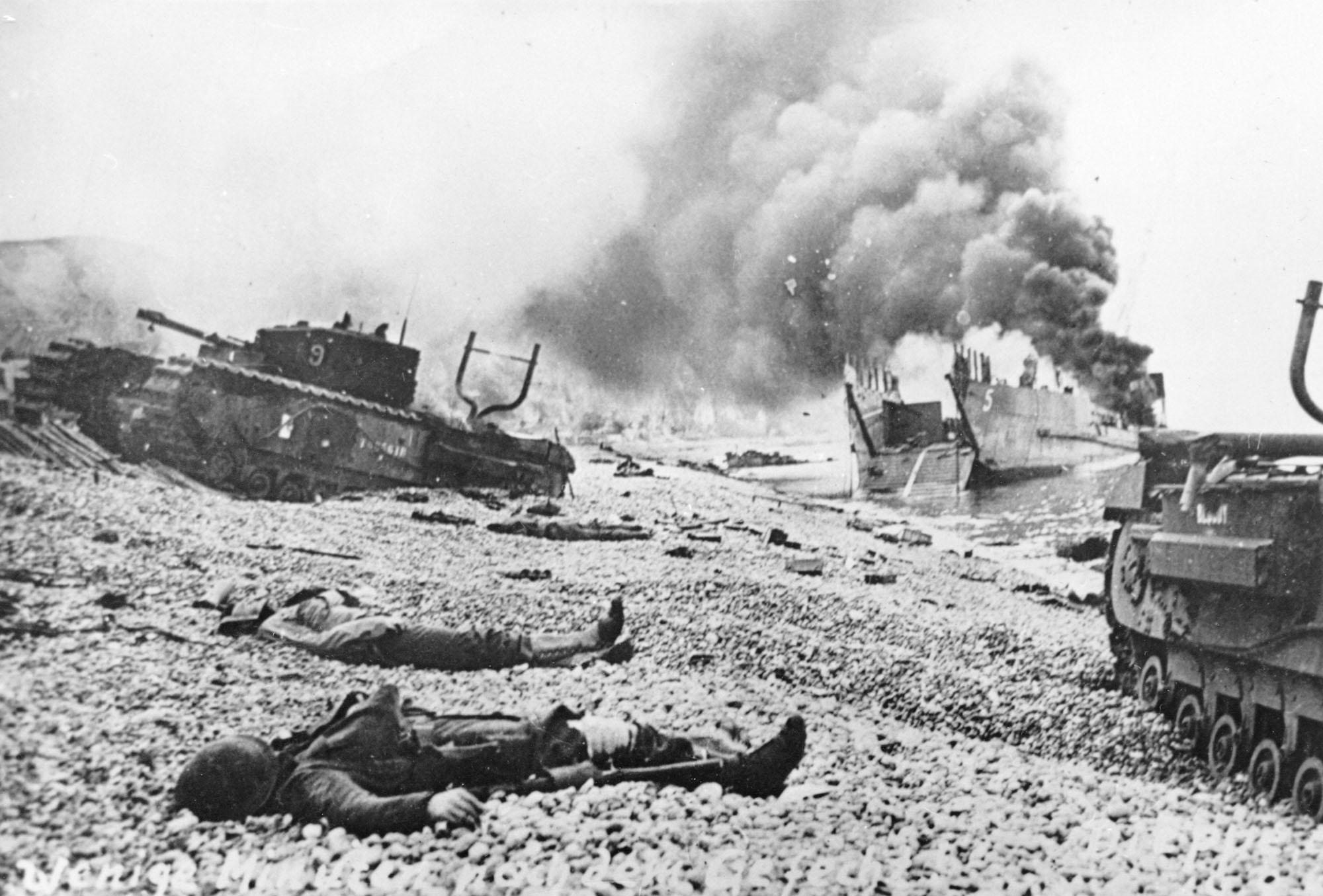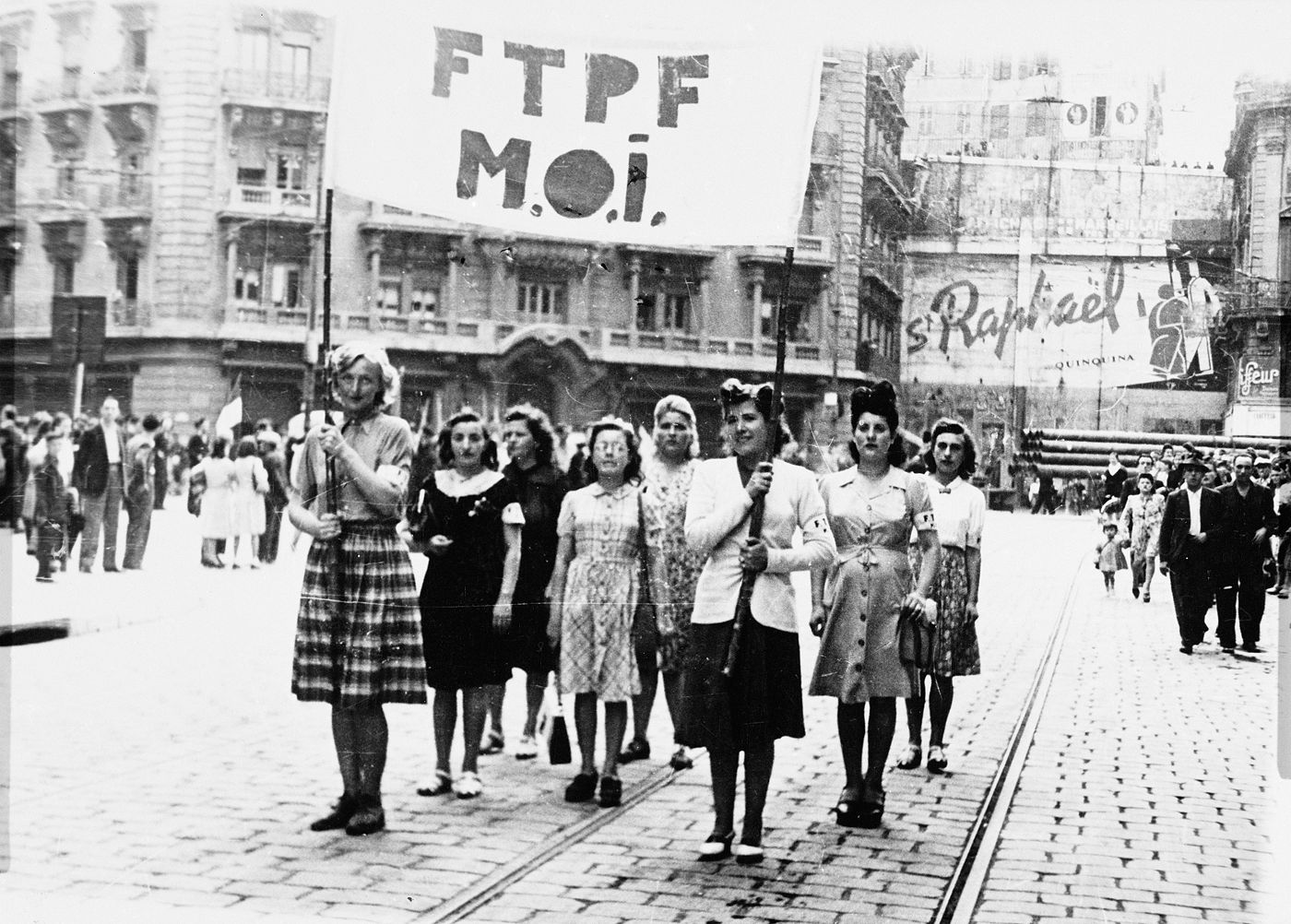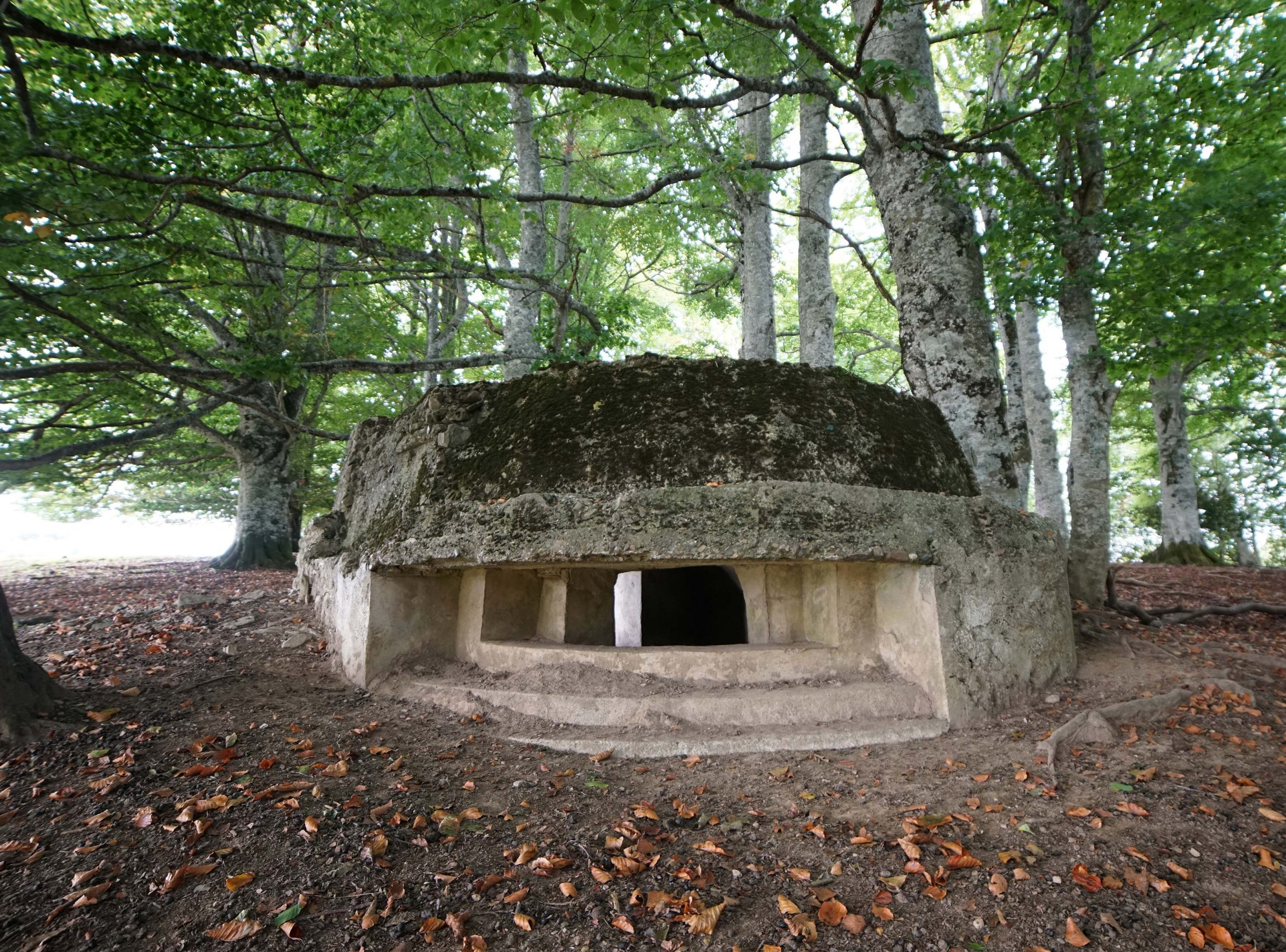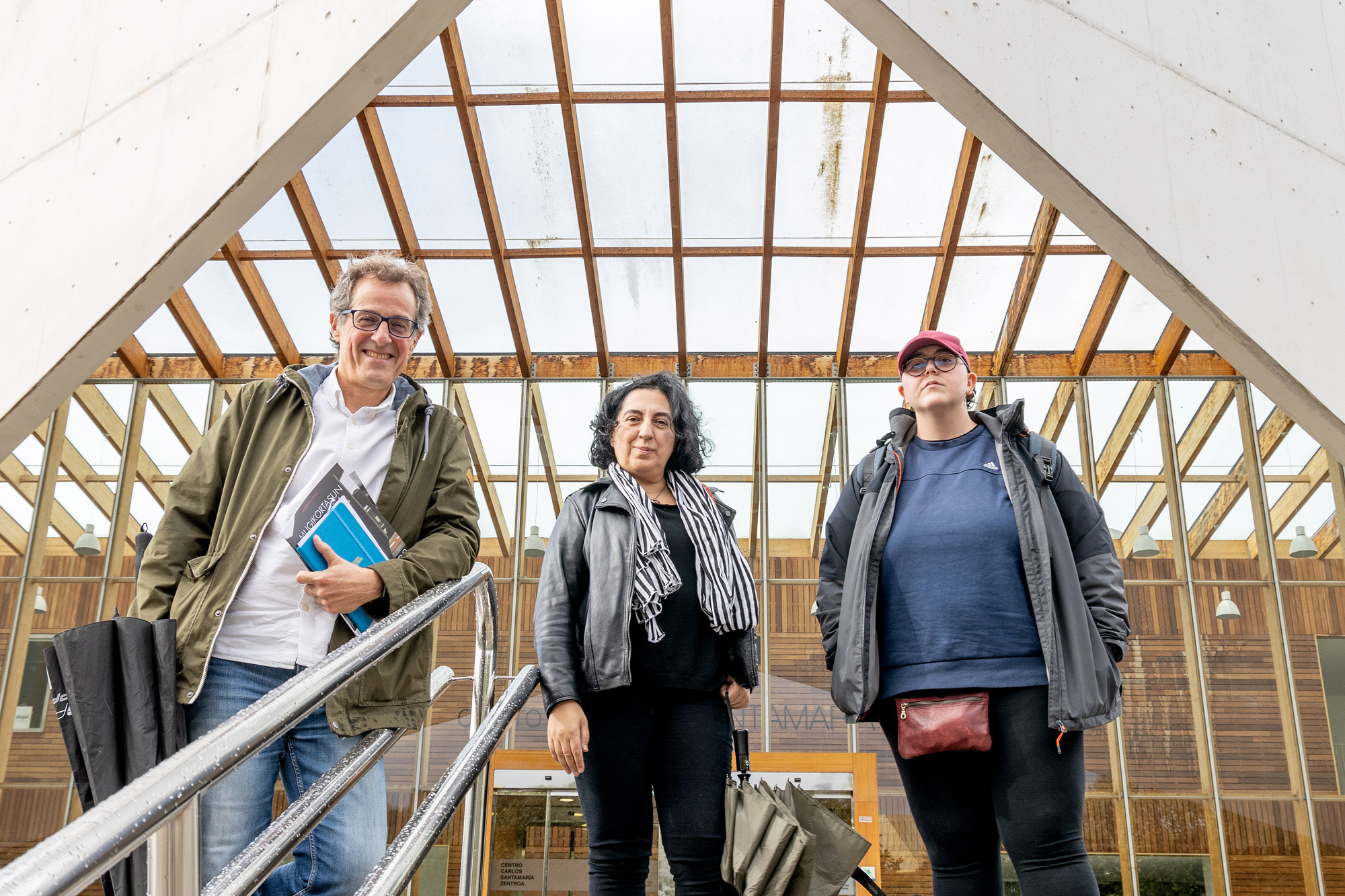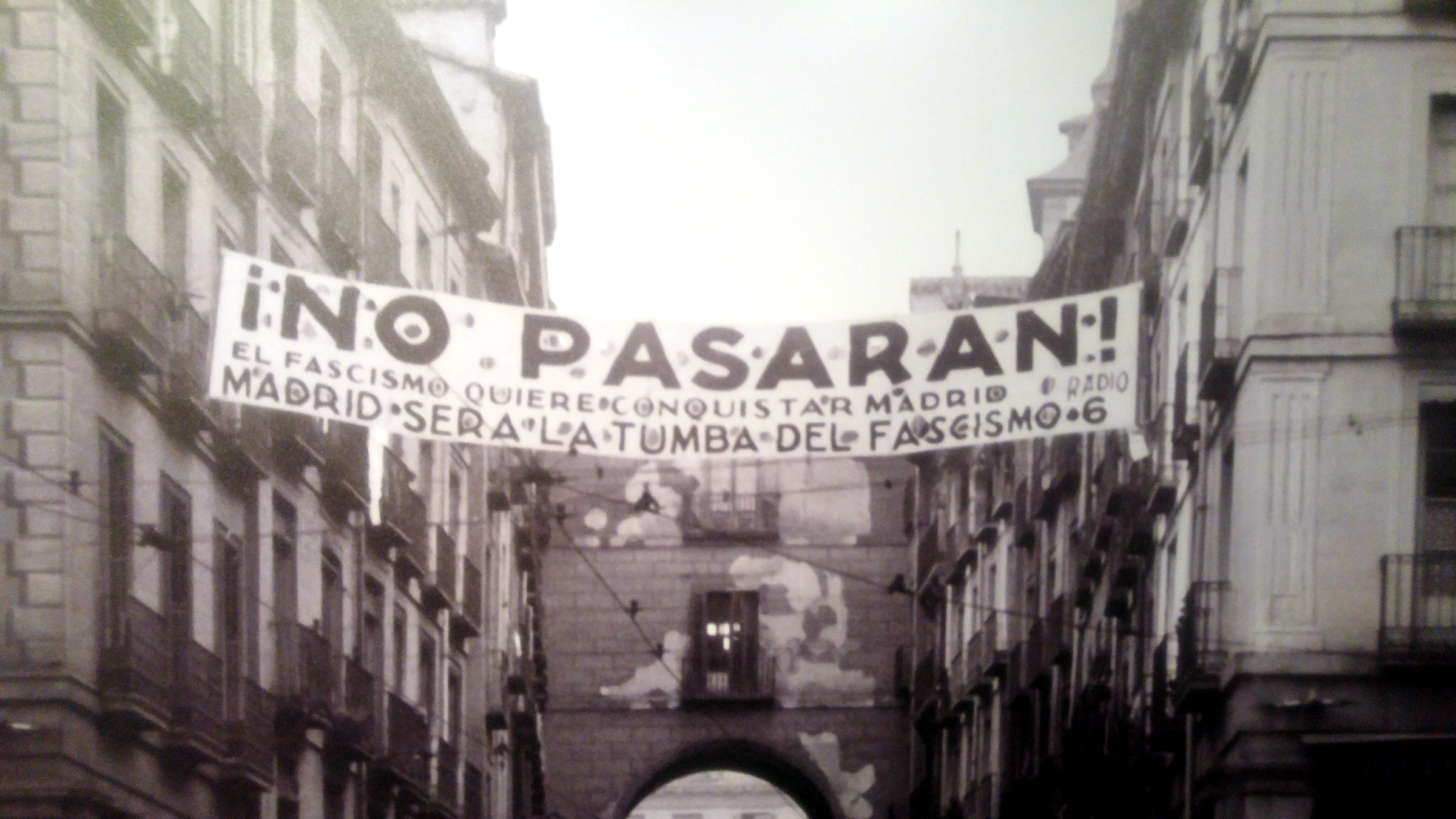Vegetarian operation
- Porton Down (England), spring 1942. In the laboratories that the British government had there, biologist Paul Fildes received the order of Prime Minister Winston Churchill: A biological attack on Germany had to be prepared. The Germans, who had almost conquered the whole of Europe, were about to attack Britain, so the Prime Minister decided that desperate action had to be taken.
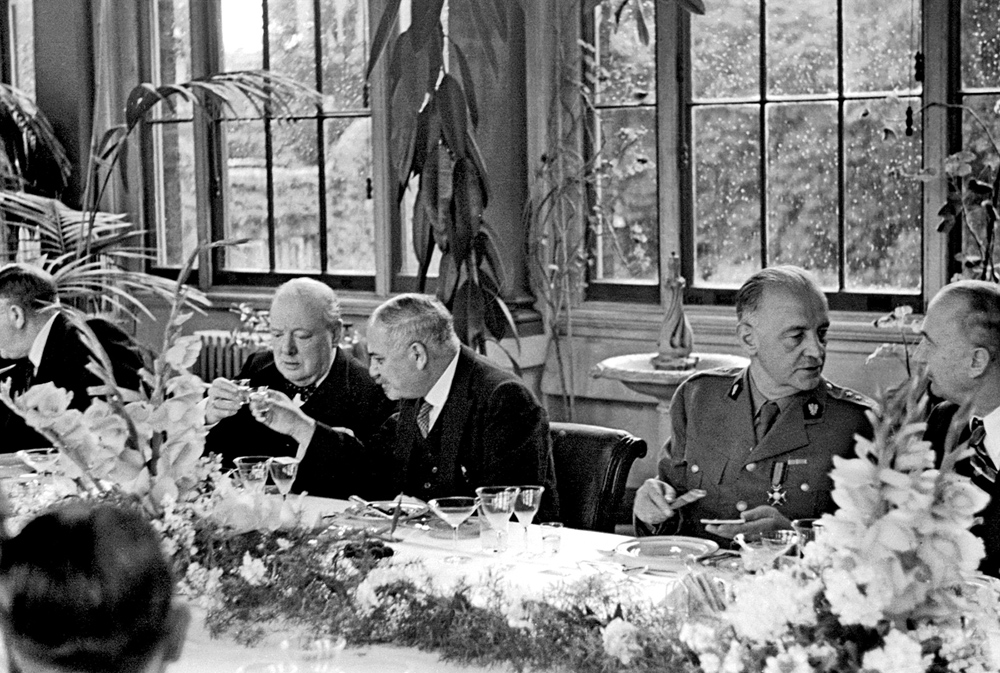
In the biological weapons research area created in the First World War, the Fildes team developed a plan to contaminate Germany with anthrax, which was suggested by Churchill. In Germany, flax cakes, infected with bacteria, were to be thrown by airplanes; contaminating livestock, food shortages would weaken the enemy. He was called a vegetarian operation, in black humor, suggesting that the attack was going to turn the Germans into vegetarians.
Some 5 million pastries were produced in a soaps factory in London and the effectiveness of the new weapon was demonstrated on the Scottish island of Guinard. Private island owners told them that by the end of the war they could recover the island in exchange for £500. In 1943 they left 50 sheep on the island and the anthrax spores killed them in three days. They threw the corpses down a cliff, and by detonating the dynamite, they tried to shoot them in stone. But at least one contaminated sheep was dragged by the sea to the coast. Another 50 sheep, seven cows, two horses, three cats and one dog allegedly died, while the Government made a tacit payment of the corresponding compensation.
And yet, the test was considered a success. At the beginning of 1944, Operation Vegetarian was ready and Churchill will be in charge of launching it. The Prime Minister made it a condition that the Germans used the biological attack earlier. But in the end, the operation was interrupted for another reason: the allies began to win the war. All the pastries were incinerated shortly after the war.
If it were carried out, the operation would not only alter the diet of the Germans, but would also increase that of the English. It would cause millions of deaths even outside the borders of Germany and for long years it would have prevented living in much of Europe.
On the island of Guinard, cleaning work was extended a great deal. Among other measures, 280 tons of formaldehyde were used to recover a small portion of land of just two square kilometres. The quarantine was in force until 24 April 1990 and, finally, on 1 May, the heirs of the former owners recovered the island for £500.
Japan, 6 and 9 August 1945, the United States launched an atomic bomb causing tens of thousands of deaths in Hiroshima and Nagasaki; although there are no precise figures, the most cautious estimates indicate that at least 210,000 people died at the end of that year. But in... [+]
Born 27 June 1944. The German soldiers carried out a raid on a small town of about 80 inhabitants of Zuberoa. Eight people died on the spot and nineteen were arrested, all civilians, nine of whom would be deported and only two would survive from the concentration camps in which... [+]
Normandy. 6 June 1944. They started operation Overlord: Thousands of British, American and Canadian soldiers landed on the beaches of Normandy to drastically change the course of the Second World War and, therefore, history. Or at least that's what we've been told a few days ago,... [+]
Genocide is unfortunately a fashionable word. According to Rafael Lemkin’s definition in 1946, genocide is defined as “actions aimed at the total or partial destruction of a national, ethnic, racial or religious group.” These actions may include “killing the members of... [+]
Karl Adolf Eichmann (Solingen, Imperio alemán, 1906 - Ramdel, Israel, 1962) foi o oficial superior das SS da Alemaña nazi, especialmente coñecido polo seu nomeamento como “responsable loxístico” da chamada Última Solución ou Última Solución. A planificación do... [+]









